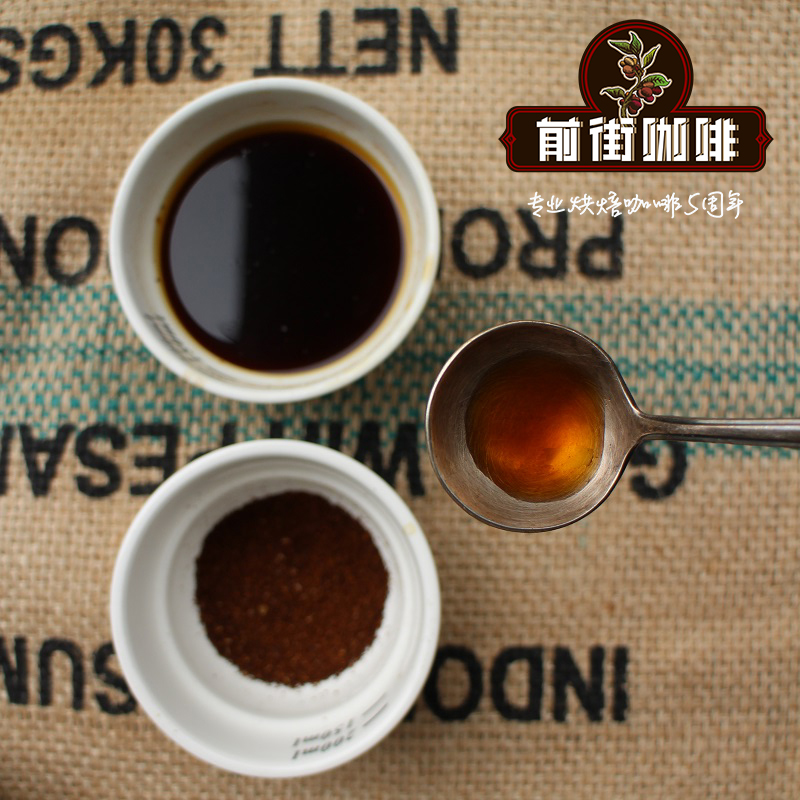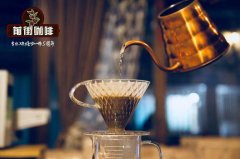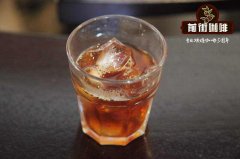How to make coffee beans | teach you how to brew coffee beans and how to make coffee tastes good

Professional coffee knowledge exchange more coffee bean information please follow the coffee workshop (Wechat official account cafe_style)
There is no doubt that grinding particle size and contact time with water are the two most important factors. The smaller the grinding particle size is, the larger the surface area of coffee is and the higher the extraction rate is, and the extraction effect can also be enhanced by prolonging the contact time between coffee and water. No matter which brewing method, if these two variables are balanced, they can lay a good foundation for a balanced and delicious cup of coffee. Studying grinding, dosage and contact time with water, discovering unknown wonders and creating untasted flavors is also one of the joys of brewing coffee.
For example, Philharmonic pressure's brewing method is never fixed, as long as the grinding particle size matches the brewing time, various styles of delicious coffee can be made. When it comes to contact time with water, we have to discuss the topic of percolation coffee, which is made by injecting brewing water into the coffee powder layer and liquid percolation filtration device. this method includes espresso, filter (including hand brewing), and some degree of siphon and mocha pots. In this model, we find that brewing ratio, grinding size and brewing time are all relative to each other, because coffee itself is an obstacle to the flow of water.
Cooking temperature is also very important. The higher the temperature, the faster the reaction takes place, which is universal in most cases. In the case of coffee, the higher the temperature, the faster the extraction. Different compounds have different extraction thresholds, such as caffeine at very low temperatures below 30 ℃), but some astringent compounds can only be extracted when they are close to 100 ℃, which is why we should avoid brewing coffee with water above 95 ℃.
These are not the only factors that affect the extraction. The stirring strength of cooking water is directly related to the water pressure, so it can also affect the extraction rate. When making espresso, it is because of high pressure that water can repeatedly flow in and out of the porous structure of coffee powder. If you have ever been in a hurry to make tea, you will notice that stirring the tea bag quickly can change the color of the tea more quickly than letting it sway in boiling water. Quick and slow stirring during cooking, or specific water injection and moistening methods can improve the efficiency of the cooking process, thus producing finished products with different effects. Some baristas even regard their hand flushing skills (in the form of manual flushing during the water injection stage) as a gift from heaven. There are countless ways to inject water, which once again proves that coffee brewing is a mysterious thing that is difficult to talk to people.
The freshness of coffee can also change the extraction process. Especially fresh coffee beans release large amounts of carbon dioxide, a gas that acts like an invisible barrier that prevents coffee from coming into contact with water. For this reason, the coffee beans used to brew espresso must be placed at least 5 days in advance, otherwise the air pressure on the surface of the coffee beans will compete with the gas and water in the filter, and the coffee will eventually suffer. Of course, any coffee beans should be left at rest for 8 hours before grinding and brewing, so as not to interfere with the cooking process by carbon dioxide.
END
Important Notice :
前街咖啡 FrontStreet Coffee has moved to new addredd:
FrontStreet Coffee Address: 315,Donghua East Road,GuangZhou
Tel:020 38364473
- Prev

Know what coffee beans are good and which varieties are good. | what are the best characteristics of coffee beans?
Professional coffee knowledge exchange more coffee bean information please follow the coffee workshop (Wechat official account cafe_style) coffee cherry varieties: Arabila species, Libica species, Romda species; coffee bean varieties: blue Mountain, Mocha, Brazil Santos, Colombia, Mantelin, Guatemala, Romsda, etc. Integrated coffee trees are small shrubs growing in tropical highlands.
- Next

What is the appropriate water temperature for brewing coffee? how to control the water temperature of coffee to stabilize it?
For more information on coffee beans, please follow the coffee workshop (official Wechat account cafe_style) theoretically, the temperature of hot water in contact with coffee powder should be kept at 91-94 ℃ during brewing and extraction, which is called the best extraction water temperature. The temperature range of 91-94 ℃ means that if the water temperature is lower than this range, the coffee will show an obvious sour taste.
Related
- Beginners will see the "Coffee pull flower" guide!
- What is the difference between ice blog purified milk and ordinary milk coffee?
- Why is the Philippines the largest producer of crops in Liberia?
- For coffee extraction, should the fine powder be retained?
- How does extracted espresso fill pressed powder? How much strength does it take to press the powder?
- How to make jasmine cold extract coffee? Is the jasmine + latte good?
- Will this little toy really make the coffee taste better? How does Lily Drip affect coffee extraction?
- Will the action of slapping the filter cup also affect coffee extraction?
- What's the difference between powder-to-water ratio and powder-to-liquid ratio?
- What is the Ethiopian local species? What does it have to do with Heirloom native species?

